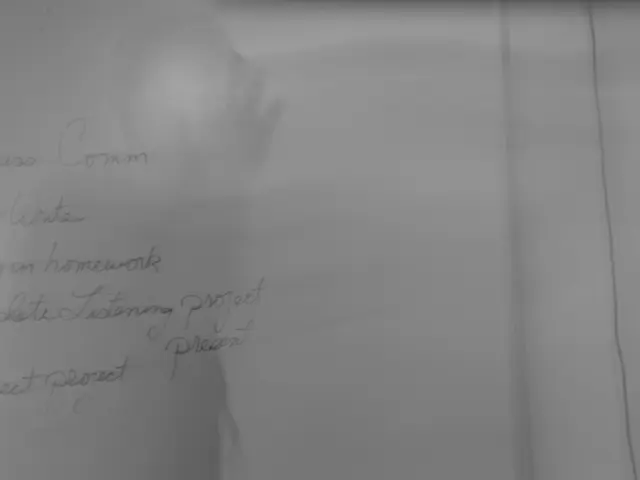Germany's Wind Auctions: Mixed Results, New Challenges
Germany's shift to onshore wind auctions has seen mixed results. While the third round brought savings of around 10% compared to feed-in tariffs, earlier auctions resulted in projects that were around a quarter more expensive.
The DBI Group, a German research body, has analysed the situation. They found that citizen energy projects, which don't need permits to participate, may not always be completed due to various hurdles. Despite this, auctions continue to effectively control the annual renewable energy build.
The reported low prices of wind power in auctions are due to comparisons with future electricity generation, not current prices. This is influenced by assumptions about future turbine technology advancements. The shift from feed-in tariffs to auctions was not mainly about price reduction, but about policymakers gaining control over annual renewable energy capacity.
Wind power prices in Germany have significantly decreased since the switch to auctions, but the price difference with feed-in tariffs is not substantial. Auctions, however, carry more risks. The DBI Group's findings highlight the need for careful consideration of these factors in future energy policies.
Read also:
- Tony Hawk's Memorabilia Auction Raises Record $1.2M for Skatepark Project
- Aquatech purchases Koch's Direct Lithium Extraction business, merging Li-ProTM DLE technology into the PEARLTM Technology Platform.
- Construction and renovation projects in Cham county granted €24.8 million focus on energy efficiency
- A power crisis prevails in the Middle East, with the Gulf region potentially offering assistance.








